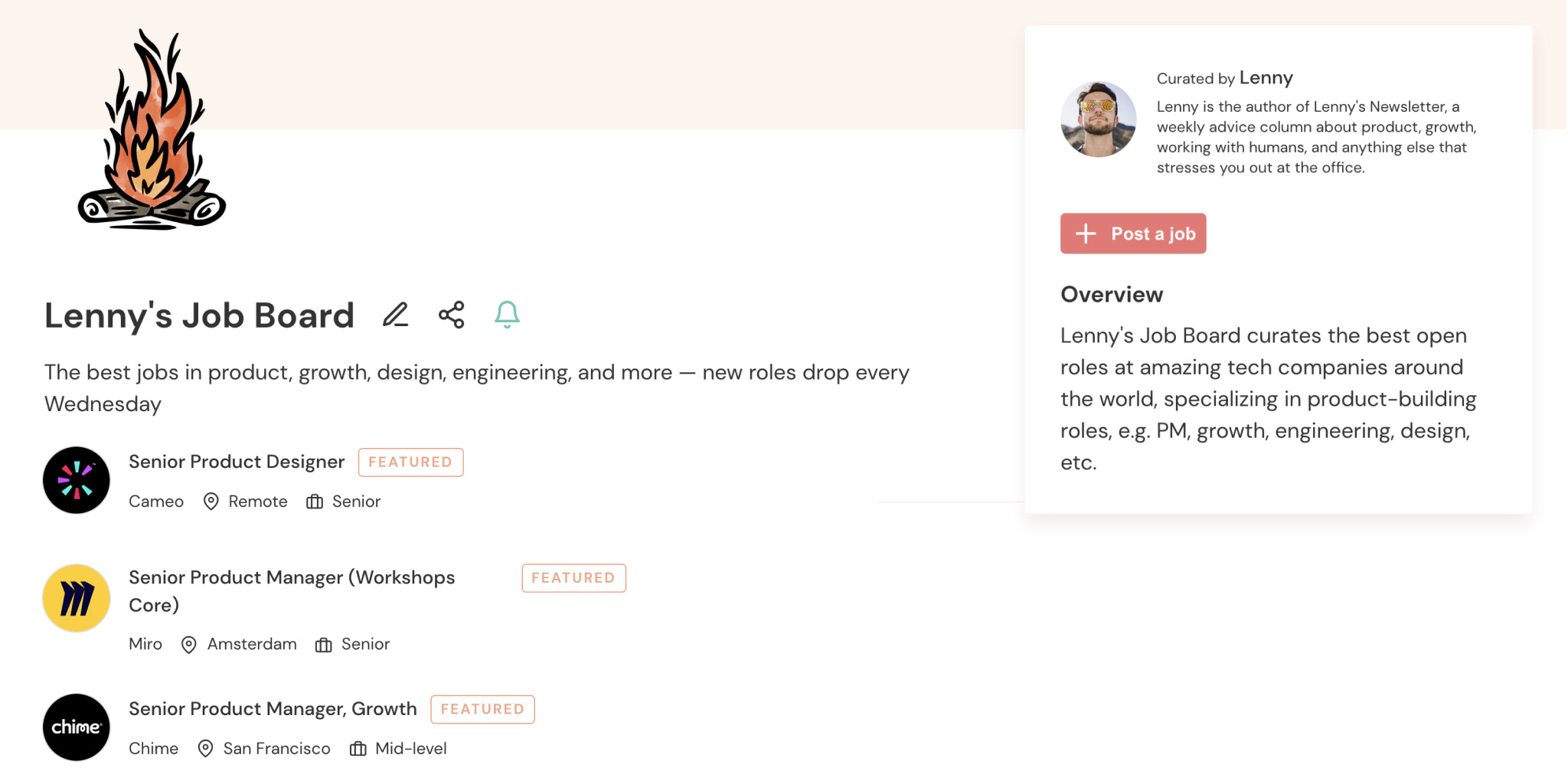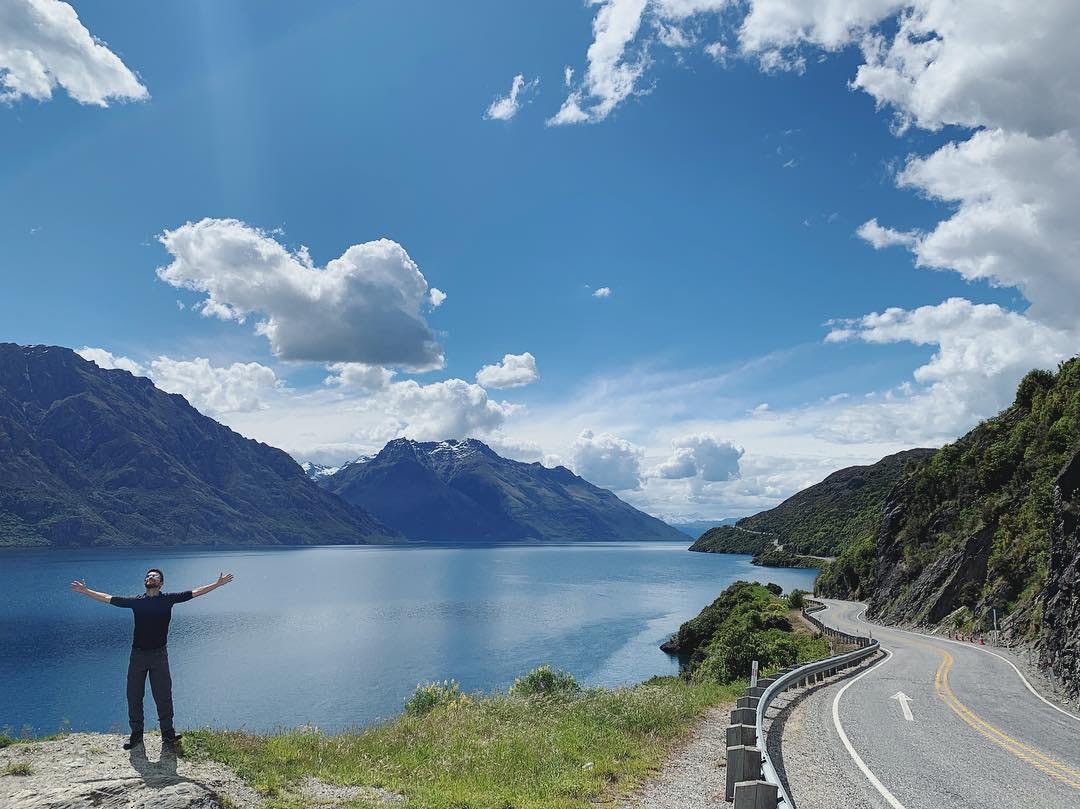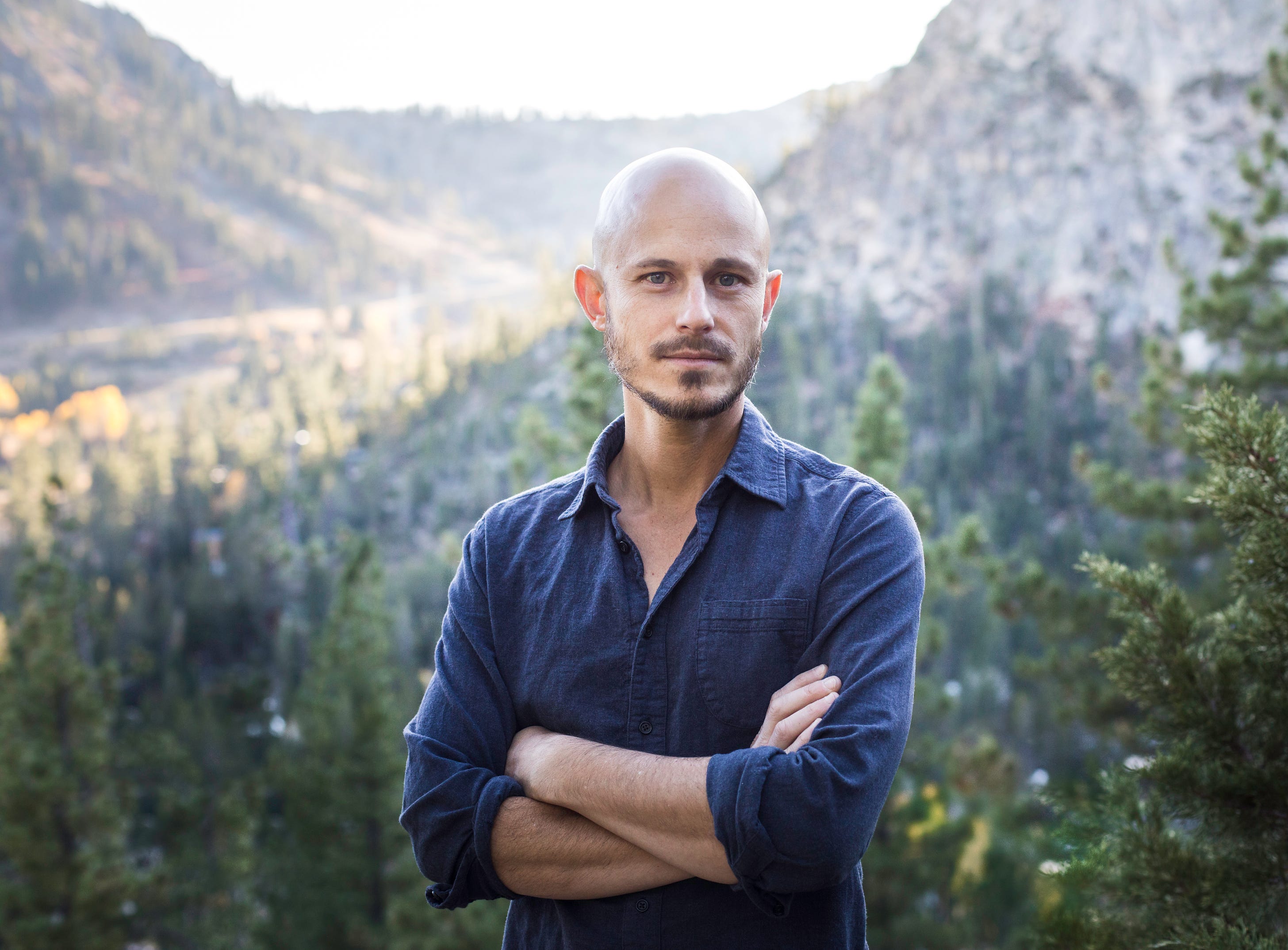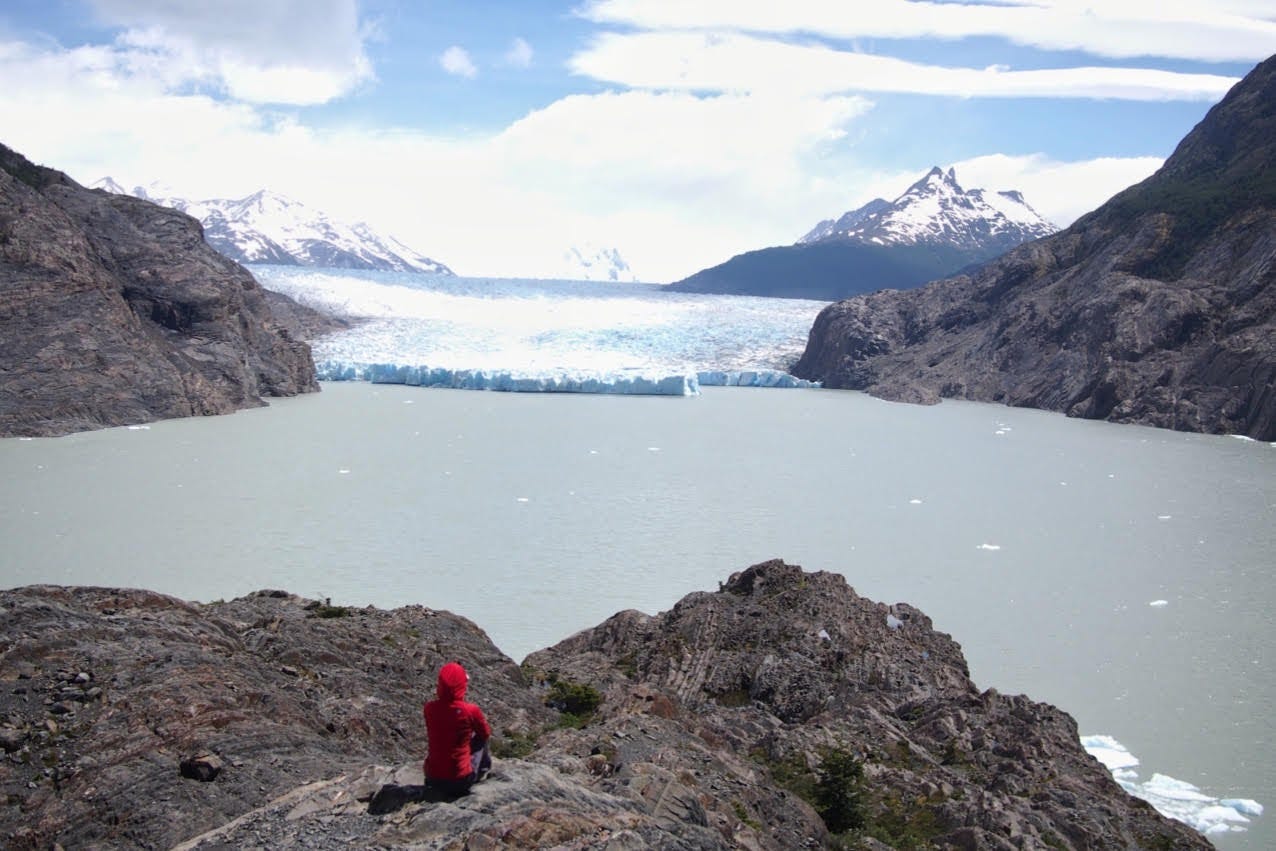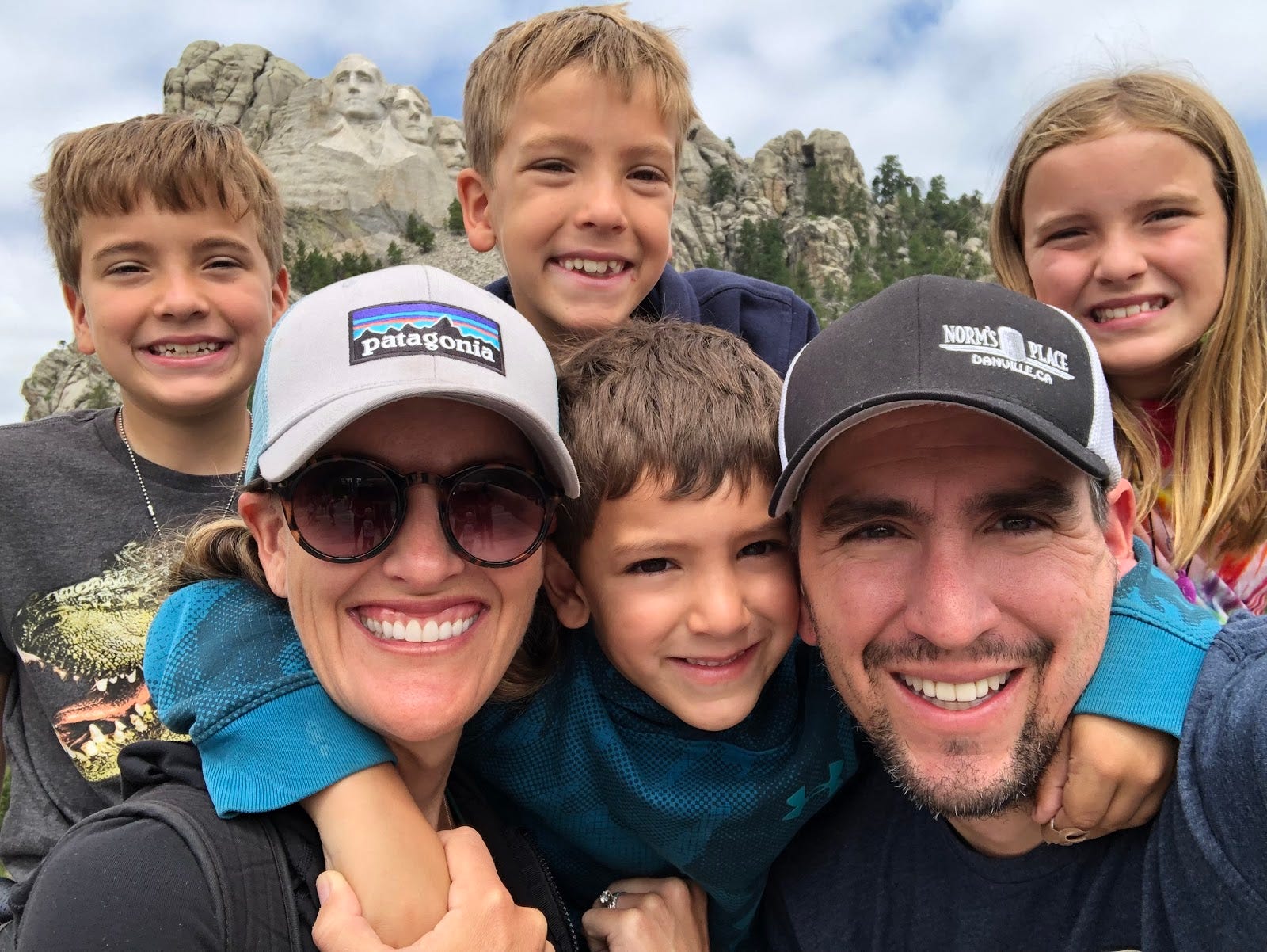Lenny's Newsletter - Taking time off
✨ Big news ✨If you’re looking for your next great product-building gig (i.e. Product, Growth, Engineering, Design, Data), this board is for you: Lenny’s Job Board 💫 This is just the start of an experiment to help amazing companies more easily find amazing people. Coming soon:
Explore the 100+ amazing roles, or post your own: Lenny’s Job Board 💫 (also, I’ve got a new logo 👀) Now back to our regularly scheduled program… 👋 Hello, I’m Lenny and welcome to a ✨ once-a-month-free-edition ✨ of my newsletter. Each week I humbly tackle reader questions about product, growth, working with humans, and anything else that’s stressing you out at the office.
I took a sabbatical while at Airbnb and it was one of the most transformative experiences of my life. I wouldn’t be doing this newsletter if not for that experience. I took three months off (after seven long years), and did all the cliche things—traveling, reading, a 10-day silent meditation retreat. Also a lot of days of nothing at all. I had every intention to come back to work after it was over, but by the end of it, it was crystal clear to me that I was ready to move on to a new adventure. I vividly remember checking my email about halfway through the sabbatical and distinctly feeling my heart dropping. My heart was no longer in the work. I didn’t yet know what I wanted to do next, but I knew it was time to shake things up. After leaving, I planned to take 6 months to explore and tinker. That turned into a year, and that turned into the newsletter that you’re now reading. There is a 0% chance this newsletter would have emerged if not for the space that this time off created—the space to tinker, to research, and to write. To chase my happy. Though this worked out well in the end, I frequently wished I had a guide to help me make the most of my time off. And I’m not alone—my friends and former colleagues often ask me for advice about taking time off and I have nowhere to point them to. I’ve also noticed a big uptick in questions and discussions about sabbaticals in our subscriber Slack group. This may have something to do with the intensity of the past year 😭 Thus, I’ve decided to devote an entire issue to the topic of sabbaticals, and I couldn’t imagine a better person to help us all learn about taking time off effectively than DJ DiDonna, founder of The Sabbatical Project. I was introduced to DJ by my friend Nick Soman (thanks Nick!), and after chatting with DJ it was clear that he had a lot to teach us. With that, I bring you DJ’s amazing guest post on Time (Off) Well Spent. Enjoy 🙏 For more from DJ, you can help his research, share your own sabbatical story, and get notified when DJ’s upcoming book comes out. DJ also takes on a limited number of clients for sabbatical coaching—email him here. Sabbaticals: Time (Off) Well Spentby DJ DiDonna
First, you’re on the right track—I’ve interviewed more than 250 people from all walks of life, and I’ve never spoken to anyone who regretted taking time off. (And this includes people who got divorced while on sabbatical as well as those who spent most of their time off caring for a dying loved one.)
This near-universal reaction is what spurred me to transition from a fintech founder to starting a research and advocacy organization on extended leave: The Sabbatical Project. Our academic research suggests that sabbaticals are a “peak life experience,” right up there with having a baby, getting married, and other life-defining moments.
BUT, considering how bad we are at taking time off from work in general*, there are two lessons to learn about how to best take advantage of such a unique and powerful opportunity:
After going into detail about what these lessons mean for your future sabbatical, I’ll also address three common questions prospective sabbatical-takers have for me:
Let’s dive in. 1. Long enough to “be”One of the most common questions I get is: “What’s the minimum amount of time I could take off to get the benefits of a sabbatical?”
The shorter answer is: sigh. I get this question a lot, and I understand where it’s coming from, especially for those who take time off (and work) like Americans. But... A sabbatical is not something you do, which can be optimized to do more efficiently. Instead, think of it as a space where you can be. It takes a while—a lot longer than you’d think—to disentangle yourself from your work identity. Just think about how long it can take some evenings after work to transition from executive to mom, from boss to creative hobbyist, or from product manager to loving partner. Most people in our study described needing at least six weeks(!) just to lose the anxiety around tasks piling up, phantom phone alerts, and old responsibilities that were no longer theirs. Take this quote from a US Treasury employee on a sanctioned six-month leave of absence:
Why does it take so much time? In our study, we found that sabbaticals create a safe, “liminal space” for transitioning across identities. This “identity workspace”—think of it like a yoga room or dojo for your personal development—allows us to reflect upon, and experiment with, our lives. For example, one of our interviewees spent several months working at an ecolodge in Hawaii to see if that was an attractive pre-retirement goal (it wasn’t). All of this to say: don’t short circuit your ability to fully rest, recover and experiment. Assign a block of time during which you will give yourself permission to be “off” from routine life. And yes, if you’re taking a sabbatical between jobs, commit to abstaining from job-searching. Opportunities will be there when you return and you’ll have a better story to tell if you give yourself time to do it right! Take this former attorney’s story:
2. Cut looseThe reason that most successful sabbaticals include traveling at the start is because it’s the easiest (and most symbolic) way to disconnect from normal life. Take this nonprofit executives experience:
Our research suggests that two other activities can be just as crucial for disconnecting—and therefore making the most of your time off: somatic activities and time in nature. Somatic activities are simply those which utilize your body. Getting out of your head heals you and stimulates your creativity. Whether it’s yoga teacher training or ceramics class, find a way to reconnect your disembodied “knowledge worker” self with your flesh and bones. I remodeled my kitchen by myself, and rebuilt a deck with my cousin. It was horrible. It was also great!
Time in nature by itself has been shown to have transformative effects on mood, creativity, and fulfillment. Combine this with the extended time and space that sabbaticals offer, and getting outdoors accomplishes several things at once: it activates your body, forces isolation from regular life, and provides a chance to conquer hard-won physical goals. Unfortunately, traveling by itself no longer ensures disconnection. Global connectivity means that you need strong boundaries around what kind of communication you receive—and when—you’ll have access to it. Uninstall those apps, and set up email auto-responses! But while you’re disconnecting digitally, make time and space for connecting in-person; strengthening relationships with loved ones stands out as a highlight for most sabbatical-takers. Your newfound time-wealth will enable you to fit into the tight schedules of all those whose schedules never seem to overlap. — It can be very difficult to fit a sabbatical into life, but our research suggests it’s more than worth the effort to do so. Too often, the events that spur us to reflect or grow or transform are negative—most sabbaticals are catalyzed by events such as the death of a loved one, burnout, or a toxic work environment. Take control of some of the things which profoundly shape your life by exploring yourself, the world, and those who mean everything to you by taking extended leave at points in your career. Time off is time well spent! Have a sabbatical story to tell? Tell yours here. Or get in touch to be connected to other sabbatical-takers (or those in the planning stages) or to get guidance and coaching from myself or someone on the team. * Especially Americans, who despite having the fewest vacation days of any developed country, still leave a few days of PTO on the table annually. Sabbatical FAQQ: Is it okay to work while on sabbatical?A: Yes, it’s okay to work, just don’t Work. Doing anything that resembles your current job will make it more difficult to reap the benefits of time off. Even if it’s “just a few hours consulting.” Those hours will expand to fill more time, prevent you from spur-of-the-moment planning, and in general, defeat the purpose of disconnecting from your work identity. If your “work” is experimenting with a new thing altogether, like being a photographer, or sound healer, or trying to cram as many national parks in 60 days off as possible, by all means, knock yourself out. Just be careful when using your time off to start a company… Q: I have a partner and/or kids - is it worth the effort? How should we do it?A: Without question, some of the most inspiring stories in our research came from people traveling with their children (see picture above) or partners. It’s obviously much more logistically difficult to do so, and a takeaway from the interviews on those traveling with partners is to ensure that you carve out some time apart to tackle personal goals (and to give each other a bit of space). Remember, just because you can’t go on sabbatical next month, doesn’t mean you can’t ever do it; many of our interviewees spent years saving up and planning for their time off. Q: How should I structure my time off?A: It depends. Not only is everyone different, the needs for—and roles of—a sabbatical change over time. (I identify seven lifestage-based sabbaticals in my upcoming book.) In general, I’d recommend breaking up your sabbatical into three stages:
As I mentioned above, plan on giving yourself upwards of six weeks to heal and disconnect—the more burned out you feel, the longer it will likely take. Physical activities, sojourns into nature, visiting loved ones will help. Next, explore what Elizabeth Gilbert calls your curiosities. Try not to put pressure on yourself to find the “next big thing,” or to double down on something that sounds cool or will impress other people; instead ask yourself what questions you’ve wanted to explore, and work them into your plans. One interviewee left his green energy job to explore civic tech in Estonia. An edtech pioneer spent three weeks deep-diving about octopuses and animal consciousness on a lark. (Pun not intended.) Finally, give time to integrate your learnings. This includes journaling, reading, and planning how to map your learnings into the next phase of your life and career. It’s best to do this somewhat isolated from others, if only for a weekend. But it’s not a one-and-done operation; your learnings will pop up gradually over time—keep that journal handy. Q: What will future employers think about my time off? Won’t it make it harder to get a job?A: Most sabbatical-takers actually use the story of their time-off as a differentiator in the interview process. One of our interviewees talked about how he was able to break away from the “boring consultant” stereotype by talking about traveling to countries on the US State Department’s do not travel list. A question to ask yourself is: if an employer looked down on you for taking time off to do something that’s important to you, would you really want to work for them? Q: As an employer, when should I allow my employees to take a sabbatical? I fear that people don’t often come back, or they come back and soon quit.Great question! Stay tuned for next week’s post where I’ll drive deep on this topic. Thanks DJ! Learn more about The Sabbatical Project and get notified when DJ’s upcoming book comes out. Have a fulfilling and productive week 🙏 🔥 Job opening of the week: Growth Product Engineer at Dover
Note: Going forward this section will feature roles from my new job board. If you’re hiring, don’t miss it. How would you rate this week's newsletter? 🤔If you’re finding this newsletter valuable, consider sharing it with friends, or subscribing if you haven’t already. Sincerely, Lenny 👋 You’re on the free list for Lenny's Newsletter. For the full experience, become a paying subscriber. |
Older messages
The PM 🤝 Design Partnership
Tuesday, March 23, 2021
Five tips for PMs working with designers — guest post by Katie Dill
Content-driven growth
Tuesday, March 2, 2021
Advice from HubSpot, Ahrefs, Intercom, Slidebean, and Webflow
Li Jin launches Atelier Ventures, her debut fund to invest in the passion economy
Tuesday, February 16, 2021
A special edition of Lenny's Newsletter
Becoming a senior Product Manager – Issue 65
Tuesday, February 9, 2021
by Jackie Bavaro
Positioning – Issue 63
Tuesday, January 26, 2021
By April Dunford
You Might Also Like
🚀 Ready to scale? Apply now for the TinySeed SaaS Accelerator
Friday, February 14, 2025
What could $120K+ in funding do for your business?
📂 How to find a technical cofounder
Friday, February 14, 2025
If you're a marketer looking to become a founder, this newsletter is for you. Starting a startup alone is hard. Very hard. Even as someone who learned to code, I still believe that the
AI Impact Curves
Friday, February 14, 2025
Tomasz Tunguz Venture Capitalist If you were forwarded this newsletter, and you'd like to receive it in the future, subscribe here. AI Impact Curves What is the impact of AI across different
15 Silicon Valley Startups Raised $302 Million - Week of February 10, 2025
Friday, February 14, 2025
💕 AI's Power Couple 💰 How Stablecoins Could Drive the Dollar 🚚 USPS Halts China Inbound Packages for 12 Hours 💲 No One Knows How to Price AI Tools 💰 Blackrock & G42 on Financing AI
The Rewrite and Hybrid Favoritism 🤫
Friday, February 14, 2025
Dogs, Yay. Humans, Nay͏ ͏ ͏ ͏ ͏ ͏ ͏ ͏ ͏ ͏ ͏ ͏ ͏ ͏ ͏ ͏ ͏ ͏ ͏ ͏ ͏ ͏ ͏ ͏ ͏ ͏ ͏ ͏ ͏ ͏ ͏ ͏ ͏ ͏ ͏ ͏ ͏ ͏ ͏ ͏ ͏ ͏ ͏ ͏ ͏ ͏ ͏ ͏ ͏ ͏ ͏ ͏ ͏ ͏ ͏ ͏ ͏ ͏ ͏ ͏
🦄 AI product creation marketplace
Friday, February 14, 2025
Arcade is an AI-powered platform and marketplace that lets you design and create custom products, like jewelry.
Crazy week
Friday, February 14, 2025
Crazy week. ͏ ͏ ͏ ͏ ͏ ͏ ͏ ͏ ͏ ͏ ͏ ͏ ͏ ͏ ͏ ͏ ͏ ͏ ͏ ͏ ͏ ͏ ͏ ͏ ͏ ͏ ͏ ͏ ͏ ͏ ͏ ͏ ͏ ͏ ͏ ͏ ͏ ͏ ͏ ͏ ͏ ͏ ͏ ͏ ͏ ͏ ͏ ͏ ͏ ͏ ͏ ͏ ͏ ͏ ͏ ͏ ͏ ͏ ͏ ͏ ͏ ͏ ͏ ͏ ͏ ͏ ͏ ͏ ͏ ͏ ͏ ͏ ͏ ͏ ͏ ͏ ͏ ͏ ͏ ͏ ͏ ͏ ͏ ͏ ͏ ͏ ͏ ͏ ͏ ͏ ͏ ͏ ͏ ͏ ͏
join me: 6 trends shaping the AI landscape in 2025
Friday, February 14, 2025
this is tomorrow Hi there, Isabelle here, Senior Editor & Analyst at CB Insights. Tomorrow, I'll be breaking down the biggest shifts in AI – from the M&A surge to the deals fueling the
Six Startups to Watch
Friday, February 14, 2025
AI wrappers, DNA sequencing, fintech super-apps, and more. ͏ ͏ ͏ ͏ ͏ ͏ ͏ ͏ ͏ ͏ ͏ ͏ ͏ ͏ ͏ ͏ ͏ ͏ ͏ ͏ ͏ ͏ ͏ ͏ ͏ ͏ ͏ ͏ ͏ ͏ ͏ ͏ ͏ ͏ ͏ ͏ ͏ ͏ ͏ ͏ ͏ ͏ ͏ ͏ ͏ ͏ ͏ ͏ ͏ ͏ ͏ ͏ ͏ ͏ ͏ ͏ ͏ ͏ ͏ ͏ ͏ ͏ ͏ ͏ ͏ ͏ ͏ ͏ ͏ ͏ ͏
How Will AI-Native Games Work? Well, Now We Know.
Friday, February 14, 2025
A Deep Dive Into Simcluster ͏ ͏ ͏ ͏ ͏ ͏ ͏ ͏ ͏ ͏ ͏ ͏ ͏ ͏ ͏ ͏ ͏ ͏ ͏ ͏ ͏ ͏ ͏ ͏ ͏ ͏ ͏ ͏ ͏ ͏ ͏ ͏ ͏ ͏ ͏ ͏ ͏ ͏ ͏ ͏ ͏ ͏ ͏ ͏ ͏ ͏ ͏ ͏ ͏ ͏ ͏ ͏ ͏ ͏ ͏ ͏ ͏ ͏ ͏ ͏ ͏ ͏ ͏ ͏ ͏ ͏ ͏ ͏ ͏ ͏ ͏ ͏ ͏ ͏ ͏ ͏ ͏ ͏ ͏ ͏ ͏ ͏ ͏ ͏ ͏ ͏ ͏

